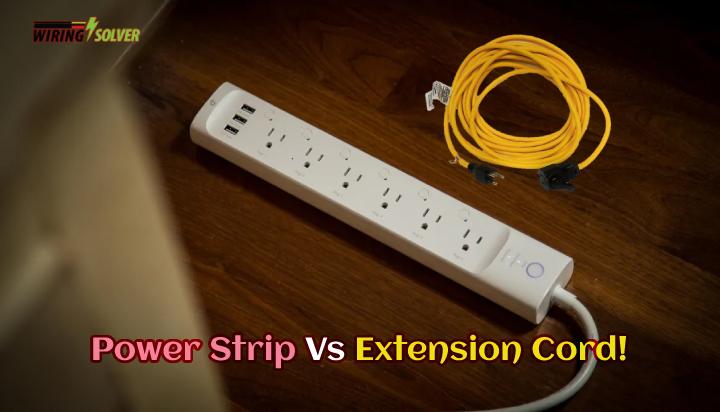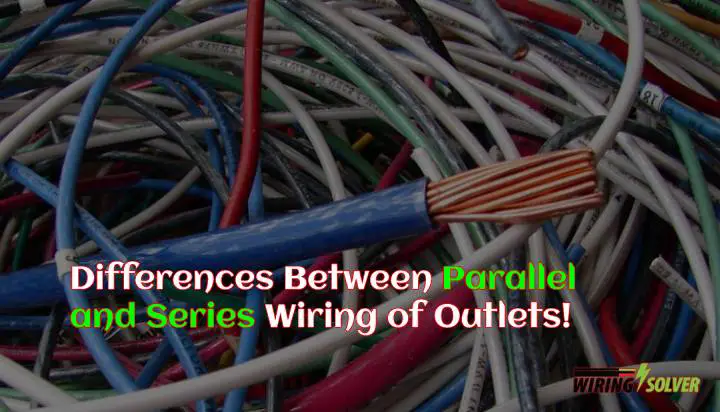You may find a variety of switches installed for a variety of reasons all over your household. You may have regular switches, two-way switches, four-way switches, or even wireless switches, which you may operate with your smartphone.
This brings us to today’s topic. What is a 4-way switch? And how does a 4 way switch work?
A 4-way switch works in conjunction with other 4-way or 3-way switches. They are connected in a way that the circuit may be turned on from three different locations.
In this article, I will go over the structure and inner workings of a 4-way switch.
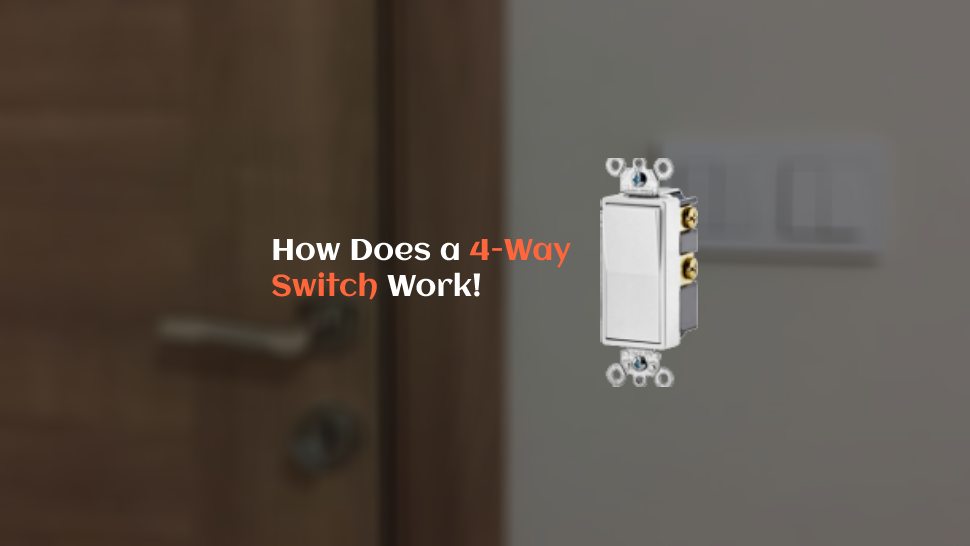
What Is A 4 Way Switch? What Are Its Pros and Cons?
A four-way switch is basically an electrical switch that can turn on a circuit from three different locations. These types of switches are most commonly used for lighting purposes, power sockets, and indicator systems. They are mostly preferred for their flexibility of use by most users.
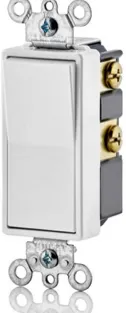
On either end, a 3-way switch is utilized, with one or more 4-way switches sandwiched between the two 3-way switches. Unlike single-pole switches, they do not have an on/off position. Before attempting to diagnose or replace these switches, it’s critical to understand how they’re connected.
There are several key advantages to be had if you use 4-way switches in a circuit. Let’s talk about those below.
Advantages of using a 4-way switch:
- You have the flexibility to turn on a circuit from three different locations. Conventional switches only work from one switch to one circuit. But 4-way switches offer you the ability to power a single circuit from separate distinct locations.
- It is possible to use them as a middle switch. You have four components, each of which has its own place and to which the power cord may be connected.
- Regardless of which switch is flipped or in which direction it is flipped, 4-way switch circuits are designed to turn on or off electricity to the load. This provides an additional benefit for the user’s use case.
- These switches are most commonly seen at the top and bottom of stairwells or at the ends of lengthy hallways. So that the user does not always have to painstakingly walk to the end of the hallway, or to the top of the staircase to turn on a single light.
- If you have more than one entrance to your house and wish to use the same doorbell but two different switches for the same bell, you may resort to these switches.
But like most things, there is another side to this coin. Let’s take a quick look at some of the drawbacks of using a 4-way switch.
Disadvantages of using a 4-way switch:
- The main drawback that many people might agree with is the installation process. Most users might find them too hard to be installed. Especially if they intend to install the switches themselves.
- As the installation process might be a bit difficult or confusing, small mistakes can often occur, which leads to the switches not functioning as intended.
- User conflict may be another issue to deal with in such cases. When one person is trying to keep a light or fan turned off, another person might turn it on by mistake and vice versa.
- They might often prove to be unreliable due to wiring malfunctions. This might deter users from installing 4-way switches.
- These often require intensive wiring. Which many users may also find to be a greater hassle. Thus avoiding their installation.
These are some of the disadvantages of using a 4-way switch which might repel users from installing them. Now let’s move on to the inner mechanics of a 4-way switch. You may also check out how two-way switches are wired as well.
How Does A 4 Way Switch Work?
The 4 switches are connected in such a way that any switch has the ability to turn the bulb on or off. I will describe in detail the workings of a 4-way switch below.
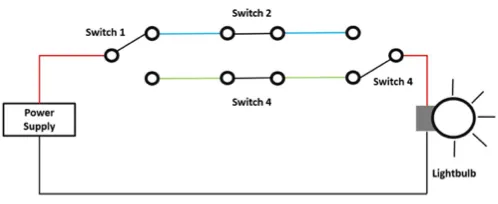
Explanation of the working procedure of a 4-way switch
Scenario 1:
Let’s assume, that switch 4 is connected to the green wire. Now, if switch 1 is connected to the blue wire, the bulb will remain turned off. Meaning there will be no power in the circuit. But if you flip the switch, the circuit will be completed and hence, the light will turn on. It will work similarly if switch 4 is connected to the blue wire instead.
Scenario 2:
If switch 4 is connected to the green wire, and switch 1 is connected to the blue wire, flipping the second switch will complete the circuit which will in turn make the light bulb turn on. But in the scenario where switch 4 is connected to the blue wire, flipping the second switch will turn the light bulb off.
Scenario 3:
In such a case where switch 1 is connected to the blue wire, but switch 4 is connected to the green wire, flipping switch number 3 will turn the light on. But in the opposite case, flipping the switch will turn the light off.
Scenario 4:
Assume that the green wire is connected to switch 1. The lamp will now remain off if switch 4 is attached to the blue wire. There will be no electricity in the circuit. The circuit will be completed and the light will turn on if you flick the switch. If switch 1 is attached to the blue wire instead, it will function identically.
It can be clearly seen from the diagram that almost each and every switch has the ability to either turn the light bulb on or off. This is how they achieve greater flexibility of use.
Summary
If you were wondering, “how does a 4 way switch work?”, I hope it has been resolved by now. I have discussed the inner structure of how a 4-way switch is made. As well as how all of its components function.
It is true that they may provide significant benefits in certain situations. However, if you do feel confused about whether you need one or not, feel free to consult a professional.

